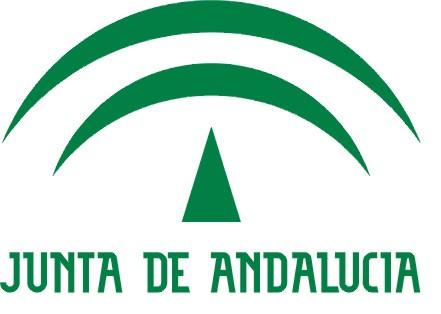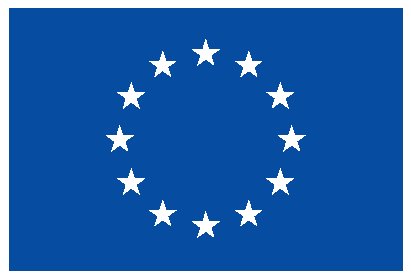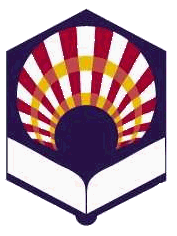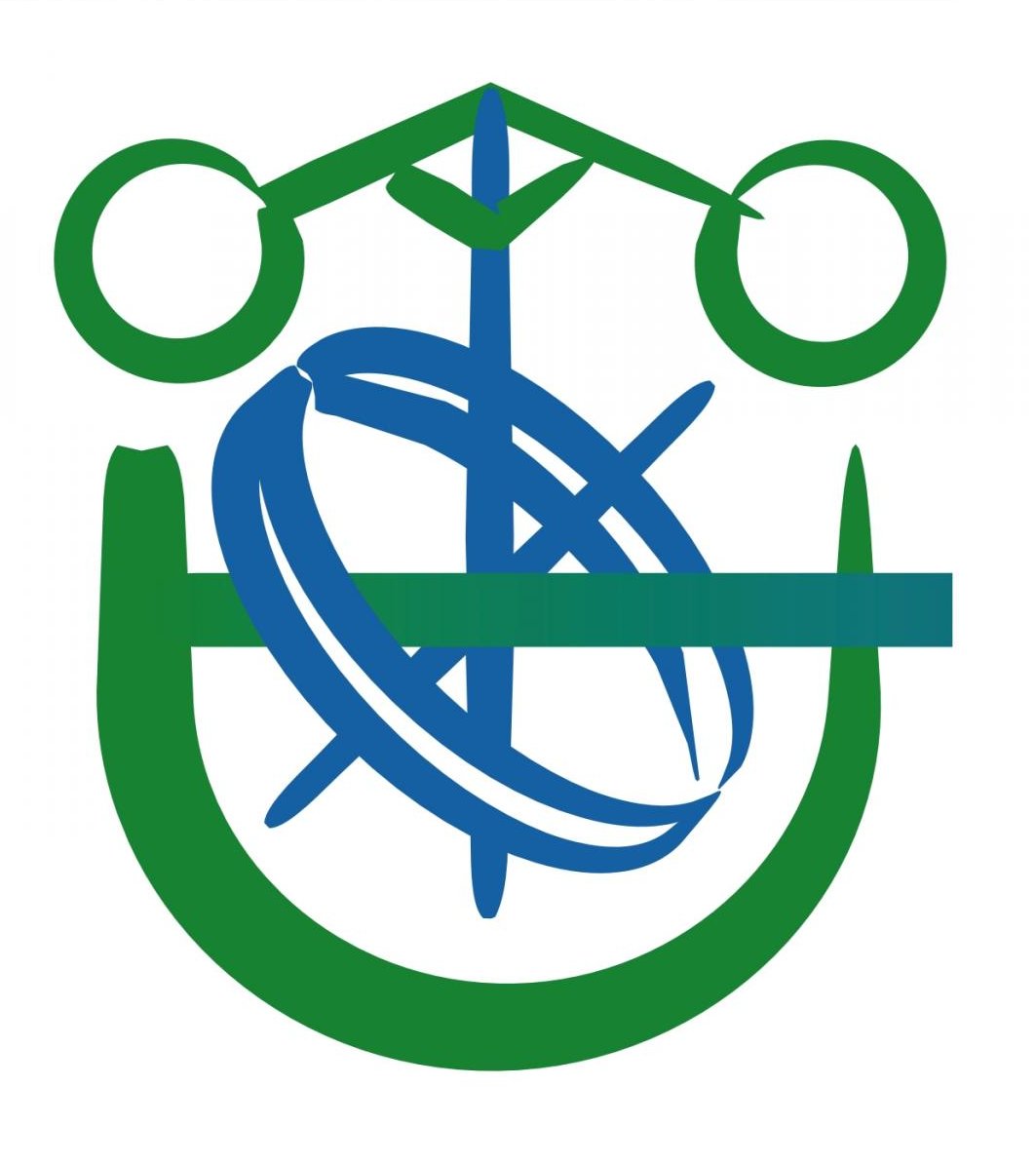A semi-supervised system for weed mapping in sunflower crops using unmanned aerial vehicles and a crop row detection method
Hits: 5587
- Research areas:
- Year:
- 2015
- Type of Publication:
- Article
- Authors:
-
- Pérez-Ortiz, María
- Peña, J. M.
- Gutiérrez, Pedro Antonio
- Torres-Sánchez, J.
- Hervás-Martínez, César
- López-Granados, F.
- Journal:
- Applied Soft Computing
- Volume:
- 37
- Pages:
- 533-544
- ISSN:
- 1568-4946
- BibTex:
- Note:
- JCR(2015): 2.857 Position: 16/104 (Q1) Category: COMPUTER SCIENCE, INTERDISCIPLINARY APPLICATIONS
- Abstract:
- This paper presents a system for weed mapping, using imagery provided by Unmanned Aerial Vehicles (UAVs). Weed control in precision agriculture is based on the design of site-specific control treatments according to weed coverage. A key component is precise and timely weed maps, and one of the crucial steps is weed monitoring, by ground sampling or remote detection. Traditional remote platforms, such as piloted planes and satellites, are not suitable for early weed mapping, given their low spatial and temporal resolutions. Nonetheless, the ultra-high spatial resolution provided by UAVs can be an efficient alternative. The proposed method for weed mapping partitions the image and complements the spectral information with other sources of information. Apart from the well-known vegetation indexes, which are commonly used in precision agriculture, a method for crop row detection is proposed. Given that crops are always organised in rows, this kind of information simplifies the separation between weeds and crops. Finally, the system incorporates classification techniques for the characterisation of pixels as crop, soil and weed. Different machine learning paradigms are compared to identify the best performing strategies, including unsupervised, semi-supervised and supervised techniques. The experiments study the effect of the flight altitude and the sensor used. Our results show that an excellent performance is obtained using very few labelled data complemented with unlabelled data (semi-supervised approach), which motivates the use of weed maps to design site-specific weed control strategies just when farmers implement the early post-emergence weed control.
- Comments:
- JCR(2015): 2.857 Position: 16/104 (Q1) Category: COMPUTER SCIENCE, INTERDISCIPLINARY APPLICATIONS







